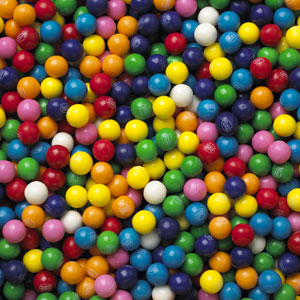
Over time, Fleer extended its reach by adding new flavors, new formats like ball gum and expanded distribution of its products overseas. In 1951 Fleer resumed manufacturing of Dubble Bubble and the popularity of its gum grew steadily. Sugar and latex became scarce due to the war and bubble gum manufacturing was halted in 1942. The featured characters, ‘Dub and Bub’, were introduced in 1930 but were later replaced by the iconic Pud and his pals in 1950.ĭuring World War II, Dubble Bubble was distributed to the military. The original gum featured a color comic strip, known as the Fleer Funnies, that was included with the gum. The company began marketing the gum as "Dubble Bubble" and sales surpassed $1.5 million in the first year. The concoction looked promising so they wrapped one hundred pieces and test marketed it in a local candy store, offering the gum for one cent per piece the gum sold-out on the first day. This is why most bubble gum is pink today. This original gum was pink in color because the factory only had pink food coloring available. It proved to be less sticky than the initial versions and was easier to chew. In doing so, he stumbled upon a gum recipe that was unique. Diemer, an accountant who worked at Fleer liked to experiment in his spare time. The resulting product was very sticky and broke easily and was a commercial failure. The company founder, Frank Fleer in 1906, attempted to create a chewing gum which he called Blibber Blubber. Diemer-an accountant at Fleer Company.Īfter his retirement, Diemer admitted that the recipe was discovered by accident.

The world’s first bubble gum is Dubble Bubble. Click to see the most amazing selection of Dubble Bubble gumballs on earth!


 0 kommentar(er)
0 kommentar(er)
